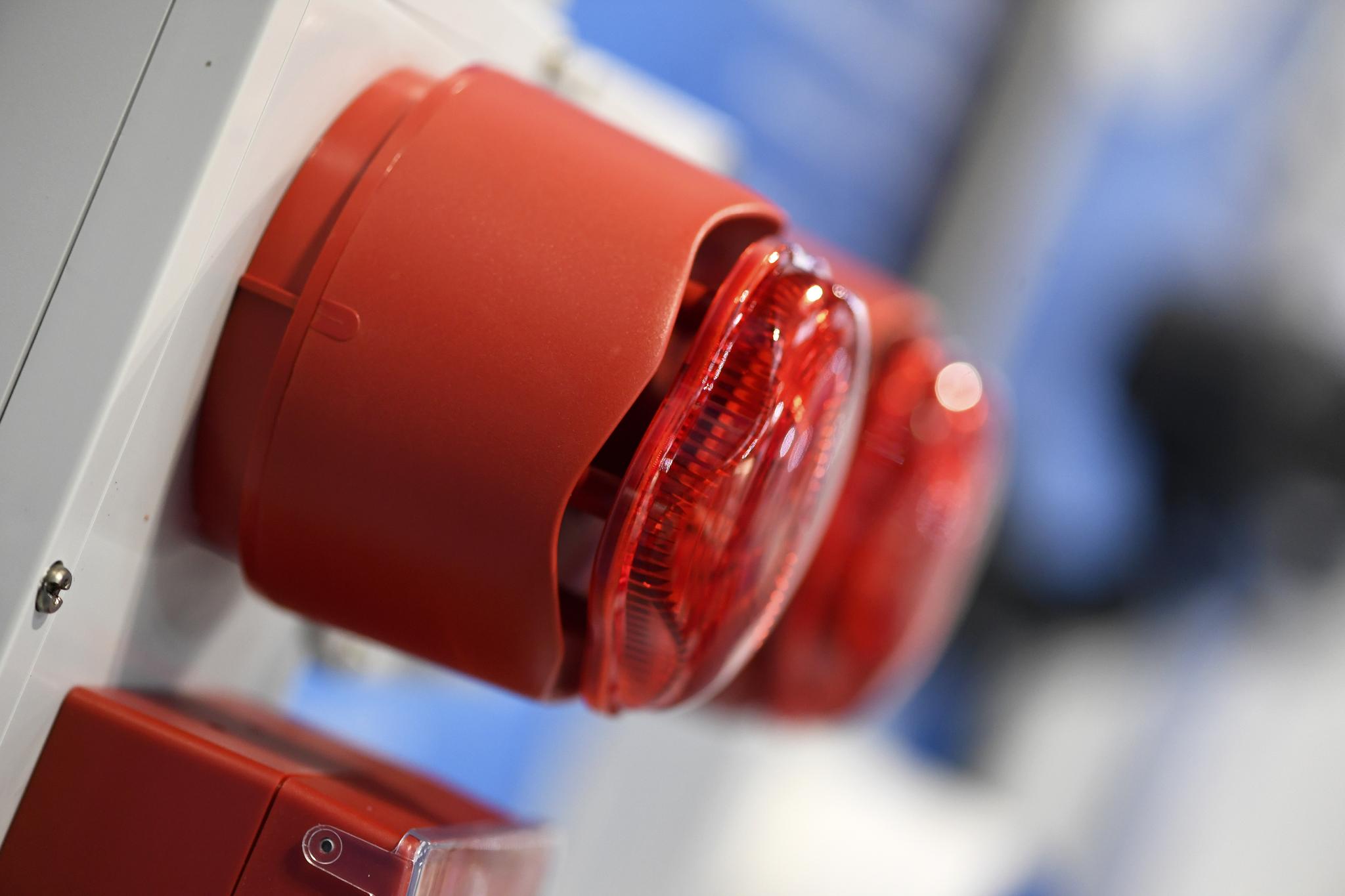The History of Fire Prevention Measures
)
Ancient fire prevention methods
Ancient civilisations recognised the importance of fire prevention and developed methods to control and contain fire. Early humans used fire pits lined with stones and created barriers to prevent the spread of flames. As civilisations advanced, we began to establish regulations and guidelines for fire safety. The Egyptians, Greeks, and Romans implemented building codes, proper ventilation, and fire-resistant materials like stone and clay. The Romans even formed organised firefighting groups called "vigiles" to patrol the streets and respond to emergencies. These ancient fire prevention measures laid the foundation for future advancements in fire safety. They showcased the early understanding of fire as a threat and the necessity of proactive measures to mitigate its devastating effects.
Early fire regulations
During the Middle Ages, the growing cities and towns faced an increased risk of fires. Homes in medieval England were made of wood, and the floors were layered with straw. This made it easy for fires to spread. To reduce the risks, all fires had to be put out at night.
We begin to see the introduction of legislated fire safety measures around the 12th century. The Mayor of London ordered homes to be constructed with stone and prohibited thatched roofing. Stricter regulations were implemented in the 13th century following a fire which claimed the lives of 3000 people. Measures to ensure water availability were also implemented.
More progress was made in the 14th century. Hearths were relocated from the centre of the room to against the wall. By the end of the century, chimneys were commonly used. However, they were constructed with logs. Timber chimneys were later banned in the 15th century as part of Parliament's fire prevention provisions.
The Great Fire of London
The Great Fire of London in 1666 was a turning point for fire safety and building regulations. London had held onto its medieval street plan of overcrowded narrow alleyways. Furthermore, thatched roofs and wood had continued to be used for buildings despite being prohibited several centuries earlier. In addition to being made from timber, buildings were often multi-storied to accommodate the large population. These factors combined to enable the fire to rapidly spread far and wide.
Following the fire, the UK introduced their first list of building regulations. The new regulations required the use of brick or stone for new buildings and widening the streets.
The fire prevention act
In 1774, more than a century after the Great Fire of London, the Fire Prevention Act was introduced. The act established 7 different classes of buildings and implemented size limitations for warehouses and factories. In 1844 the act was updated, changing building listings from the previous 7 types to just 3; dwellings, public buildings, and warehouses. Warehouses were limited to 20,000 cubic feet. The addition of the Factory and Workshop Act of 1891 extended safety measures by addressing provisions for escape during a fire.
As we moved into the 20th century, many acts and regulation changes were made to keep up with the needs of the growing industrial workforce. A large emphasis was placed on ensuring workplaces had safe means of evacuation. Fire services were also consolidated into a single national fire service.
Although also filled with regulatory changes, the 20th and 21st centuries best exhibit the impact of technological advancements on fire safety. Passive fire stopping and responsive prevention have increased the ability to contain fires and provide safe evacuation routes. Modern fire doors, sprinkler systems, fire alarms, and other passive fire protection work together to create comprehensive systems which limit the spread keeping people and property safe.
Advancements in fire-resistant materials
The use of fire-resistant materials dates back centuries. A method of containing fire, including coating wood in vinegar and alum before encasing it in clay, was first used in China. It would then, many centuries later, be replicated by the Romans to protect their boats. And theatres in the UK used a similar method as recently as the 1500s to prevent stage curtains from setting alight. Alum is still used today in chemical and oil fire extinguishers.
In more recent times, asbestos was commonly used as a fireproofing material, either alone or in combination with binders like cement. It was applied in different forms, such as sprayed coatings, pressed sheets, or as an additive in various products, including protective clothing fabrics and building materials. However, its use was banned in the UK in 1999 following evidence linking it to cancer. Asbestos was used from around the 1930s and was a particularly popular choice from the 1960s onwards, making it common in homes built or refurbished at this time. As a result, an entire industry dedicated to its removal and safe disposal has arisen.
While asbestos is no longer deemed a suitable option, endothermic materials such as gypsum are still widely used. Fire doors, for example, use fire-resistant materials such as steel, gypsum, and aluminium. Fire door windows are made from borosilicate or ceramic glass, which provides higher fire resistance than regular glass.
The Grenfell Tower fire
The Grenfell Tower disaster and the wider cladding crisis have had a huge impact on fire safety. The fire highlighted glaring errors and oversight, which are being remedied with new regulations and several new governing bodies. In response to the crisis, we have seen the Fire Safety Act 2021, which made changes to the Regulatory Reform (Fire Safety) Order 2005. It establishes new requirements for inspections and covers fire stopping for all residential buildings. Residents were also given more power to hold developers and builders to account through the Building Safety Bill.
How fire safety evolved
In some cases, advancements in fire safety are pre-emptive. They push standards forward, ensuring they remain ahead of challenges. Improvements such as these are often the result of technological advancements which enable more effective safety measures. In many cases, unfortunately, it takes an incident (or sometimes several) to highlight an issue before a solution is found. The solution may be technological but is often better procedures and legislation.
Over time the combination of improved technology, materials and fire stopping methods and better legislation and procedures has led to a drastic improvement in fire safety.
Speak with a fire safety expert
Fire safety has had a long history and is constantly evolving. At London Fire Solutions, we pride ourselves on being at the forefront of the industry. We always strive to provide the very best fire stopping solutions and meet all your fire safety requirements. We are a one stop solution providing everything from fire door and fire alarm system installation and maintenance to surveys and fire risk assessments.
To learn more about how we can help you, speak with our fire safety experts. Email: info@lfsfire.co.uk


.png)
.png)
.png)
.png)

